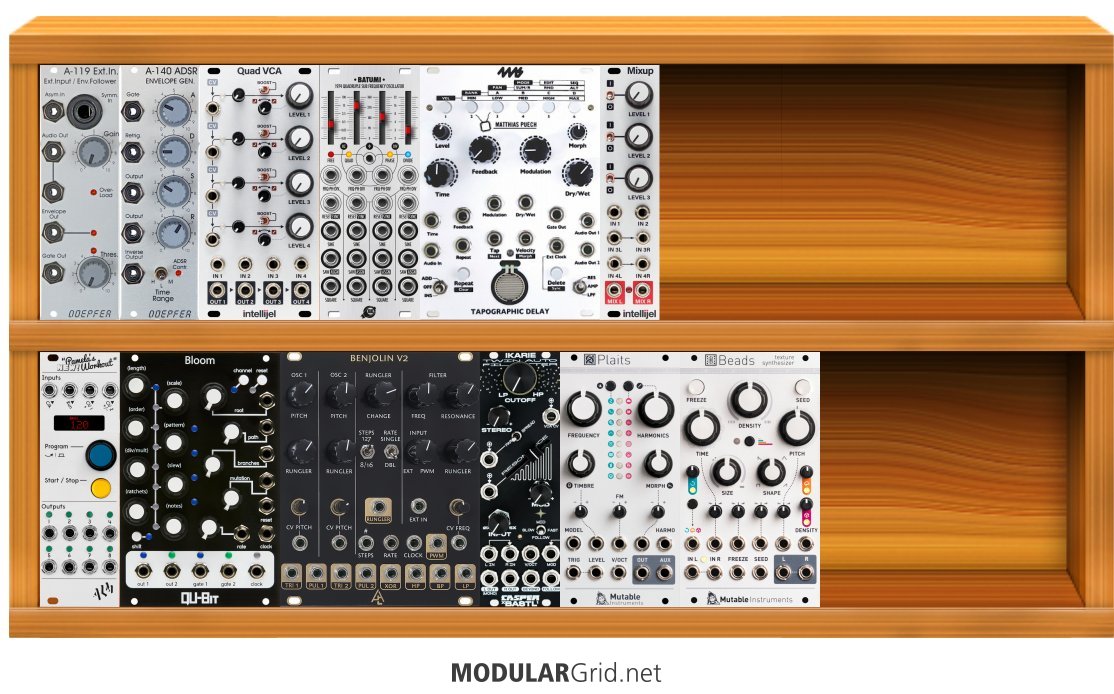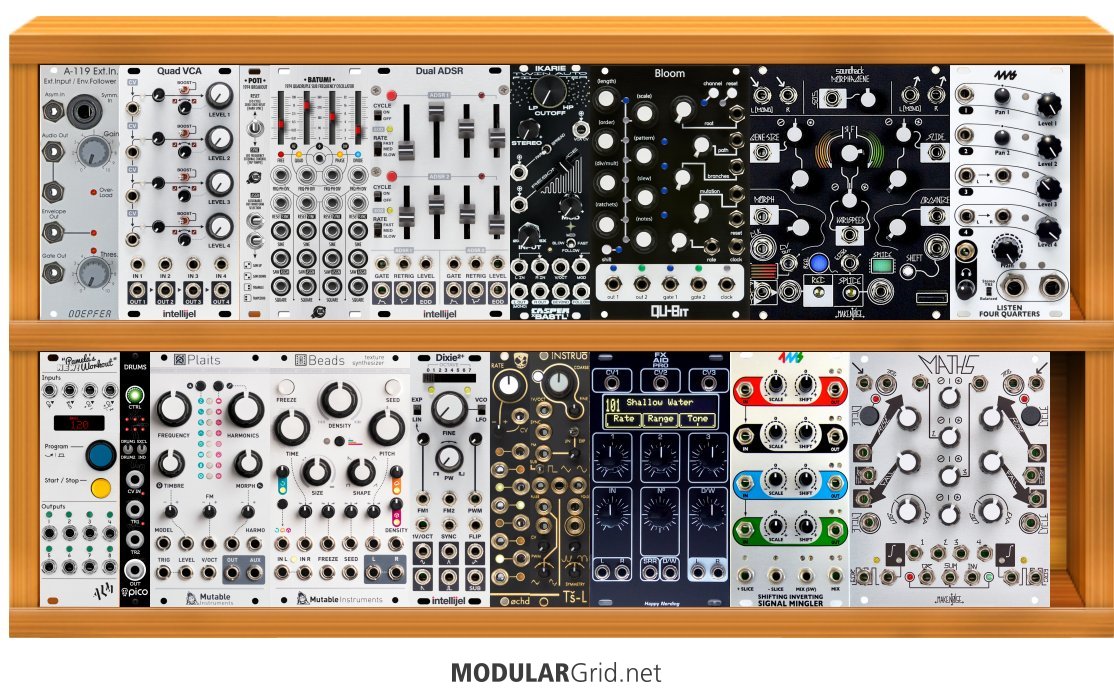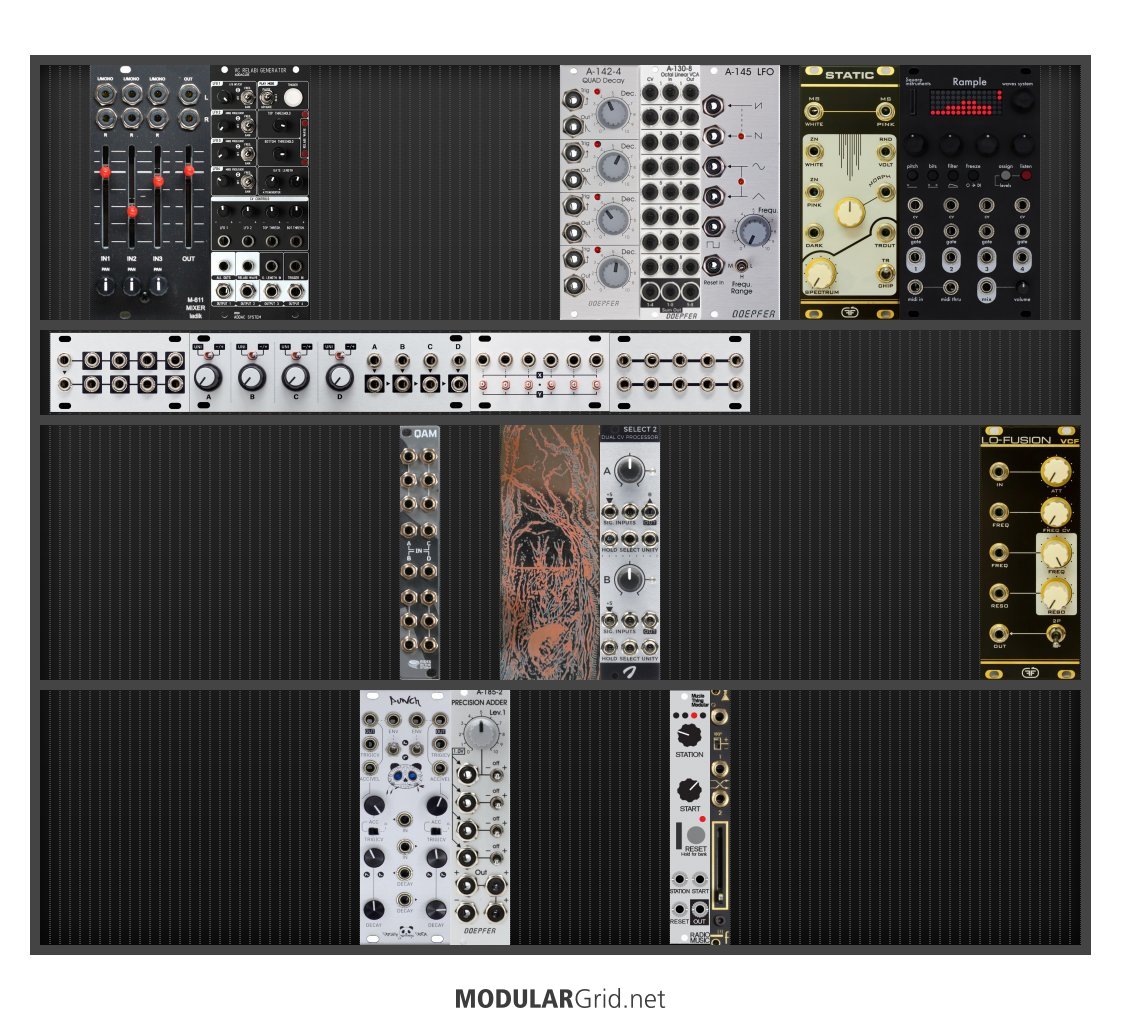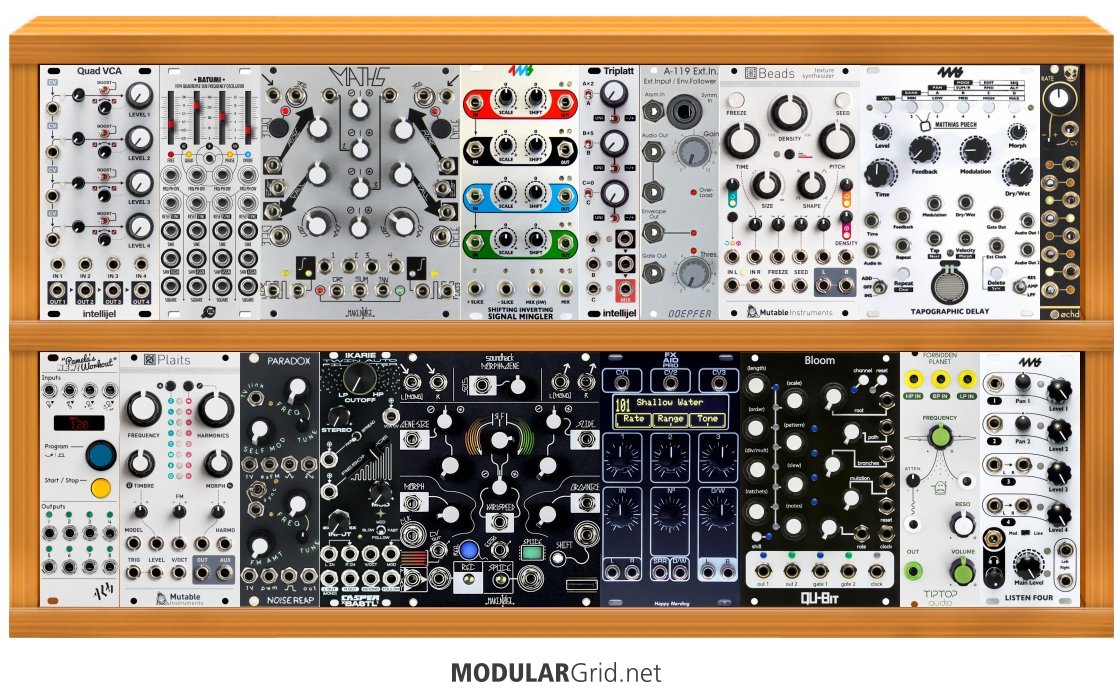Hi,
A few small suggestions:
-- in smallish cases, it's important to be thoughtful about big-ish modules. Tapographic Delay and Benjolin2 I think merit close attention to alternatives given their (large) size. A small do-it-all FX module (like Happy Nerding's one) could do wonders. And there are a lot of good alternatives for chaos-type modules with great capabilities in smaller HP. Nonlinear Circuits (NLC) Hipster or Sloths are ones I can highly recommend; Joranalogue Orbit is similar to Hypster, but I prefer Hypster. And there's a lot of other NLC units that are worth looking at. I looked at Benjolin a few times but it didn't make sense for me vs. alternatives.
-- I understand you're looking at experimental / ambient / noise. Still, I suggest you don't ignore the value of "basic b$tch" modules which form the core of almost any usable system. Jim and Lugia say basically that much all the time. I will re-emphasize that. Basics with some clever and flexible patching yield perceived complexity. Jim loves CV matrix mixers; I love stuff like Joranalogue Morph4 or sequencing control signals through a switch like Boss Bow2. Net net, I think there's a lot of merit to "focus on a strong (generalist) modular core plus some modules specific to your taste" approach.... That said, I DO see your Doepfer, Intellijel, Xaoc, Pam's, Plaits, and filter module as solid choices that would play well in most systems. Just beware adding too many "specialist" modules in a small case.
-- More generally, I can recommend considering "balance," particularly in a rack that isn't huge. 1/3 of HP devoted to things that make or change sound, 1/3 of HP devoted to control signals and things that modify control signals, and 1/3 of HP dedicated to utilities and some finishing FX. That type of rule of thumb was critical for getting me working modular systems of 240HP and less. Over that HP, assuming there's a solid "core" system, then one can go more buck-wild here or there on specific module types. IMO, it's best to ensure there's a solid "core" system, then add selectively from there.
-- I'm on probably my 8th+ distinct modular setup and I'm still f$cking things up a little. There's a ton to learn in modular. Now, I have a great home rig and a work-in-progress travel rig. Lugia, Jim and a few other forum regulars helped me a lot. Hope you enjoy the process and get a nice system that works for you.
Cheers,
Nicholas


